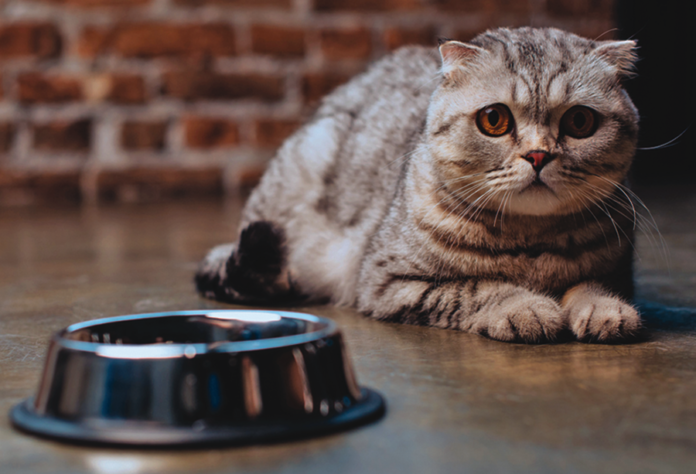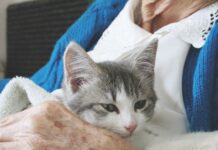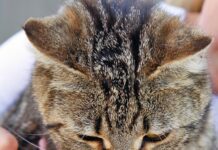In the wild, cats are busy hunting and foraging all day. So how does your indoor cat occupy her time? The Winn Feline Foundation has funded an ongoing study at the University of California at Davis to look at these behaviors.
The study enrolled 18 single-cat households and 13 households with two cats. All cats wear an activity tracker and have a video set up near their food bowls. From the observations so far, food bowls appear to be important resources for cats. The cats in the study visit feeding areas between 15 to 30 times per day and spend over an hour a day in the vicinity of their food dish.
Half of the cats are given food puzzles. These distribute a piece or two of kibble after an interaction by the cat. This is in contrast to having food available without any effort in the food bowl.
There are multiple concerns being addressed here. With respect to weight gain, cats who work for their meals may be better off. Equally, or more importantly, activity and “hunting” meals may help cats with behavior problems. The goal is to provide enrichment for indoor cats once the “normal” behavior is characterized.
In addition, researchers look at cat interactions with other cats and with their owners at mealtimes and around food sources. This information could be useful for predicting or treating some behavior problems. Living with other cats also can change eating habits. Competing for food can cause cats to eat less often, explains the Winn Foundation, and to spend less time eating (although they may eat more or less total food). These changes in the way cats eat may have serious and harmful effects on their health and welfare.n




